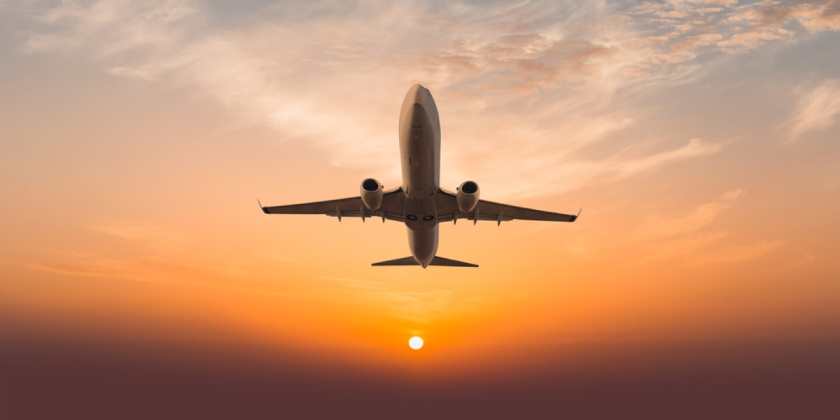 Home » AIRLINE NEWS » Global passenger flight hours sets a new benchmark in 2024: Here’s what you need to know
Home » AIRLINE NEWS » Global passenger flight hours sets a new benchmark in 2024: Here’s what you need to know
Saturday, August 17, 2024
Reading Time: 2 minutes
The aviation industry has reached a significant milestone in 2024, with global passenger flight hours soaring to new heights.
Historically, global passenger traffic sees its peak during the Northern Hemisphere’s summer vacation period, particularly in July and August.
This year has continued that trend, with aggregated passenger flight hours from January to July 2024 surpassing all previous records over the past five years.
Back in 2019, the aviation industry experienced a high in total flight hours, marking it as the most recent “best” year.
However, the grounding of the Boeing 737 MAX fleet posed significant challenges, preventing 2019 from achieving its full potential.
Despite these obstacles, the year began with around 6 million flight hours in January, eventually climbing to just under 7 million by July.
Interestingly, 2020 recorded the highest January flight hours for the period, despite the severe impact of the COVID-19 pandemic that followed.
The pandemic led to drastic reductions in air travel, with global passenger flight hours plunging to about half of 2019 levels in 2020 and recovering to around two-thirds in 2021.
Nevertheless, both years exhibited a similar pattern, starting with lower figures in January and peaking in July.
As the world began to recover from the pandemic, 2023 witnessed a strong resurgence in air travel.
By July 2023, global passenger flight hours were within 10% of pre-pandemic levels, signaling a near-complete recovery.
However, the Asia-Pacific region still lagged behind, with fewer passengers traveling compared to other regions.
In 2024, the aviation industry has finally surpassed the benchmarks set in 2019, with monthly passenger flight hours consistently exceeding those recorded in the pre-pandemic year.
This achievement is setting a new baseline for the industry, marking a significant recovery and growth in global air travel.
However, the journey to this point has not been without its challenges. The industry continues to grapple with workforce shortages and supply chain disruptions, which are remnants of the COVID-19 pandemic.
These issues have made it difficult for airlines to get their aircraft, particularly engines, into maintenance shops.
Additionally, aircraft manufacturers are facing challenges in meeting the industry’s demand for new aircraft.
This slowdown in production has hindered the retirement of older, less efficient aircraft, thereby delaying progress toward the aviation industry’s net-zero emissions goals.
Despite these hurdles, 2024 is proving to be a landmark year in terms of global passenger flight hours.
As the industry sets a new benchmark, there remain several obstacles to overcome, particularly in addressing the ongoing supply chain and workforce challenges.
Nevertheless, the progress made this year is a testament to the resilience and recovery of the aviation industry, setting the stage for continued growth in the years to come.

